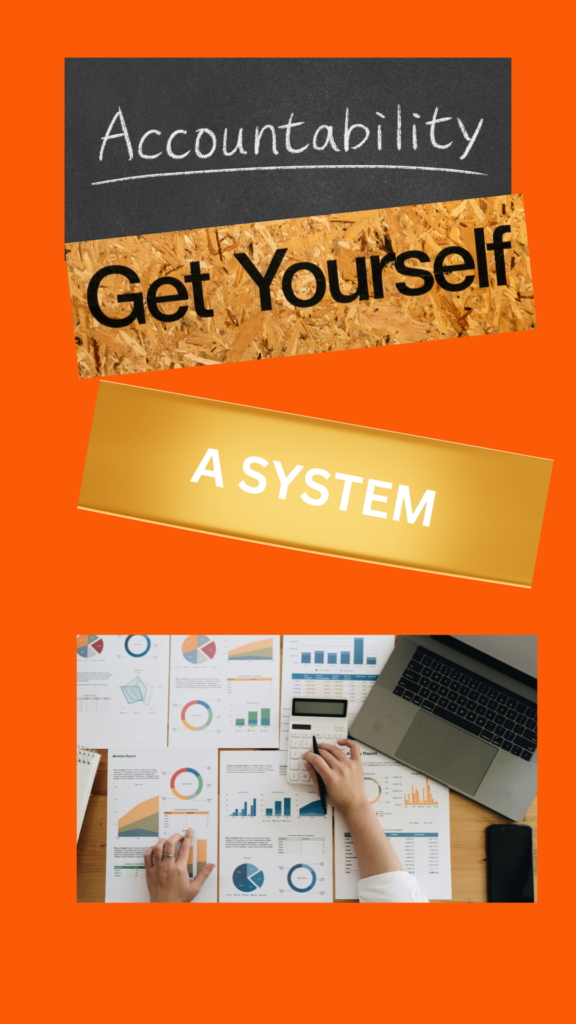If you’ve ever felt like you’re being pulled in a million different directions—work, business, family, personal growth—let’s get one thing straight: You’re not alone. Managing multiple priorities is tough, but it doesn’t have to be overwhelming. The secret isn’t about doing more; it’s about doing what matters most. Science-backed strategies combined with a mindset shift will help you stay productive and sane. Let’s get into it!

1. Your Vision is Your GPS—Set It First
Let’s be real: you can’t hit a target you can’t see. That’s why your vision is non-negotiable. It’s not just some abstract, feel-good concept—it’s your guide, your why, the driving force and the thing that keeps you moving when distractions and obligations pile up.
The Science Behind It:
Research by Locke and Latham confirms that people who set clear, specific goals are far more likely to succeed than those with vague aspirations. Our brain craves direction.
Practical Steps:
- Write down your top three long-term priorities and keep them visible—on your desk, your phone wallpaper, wherever you’ll see them daily. [No shade, this was instrumental in changing my life years ago before I started my parallel path of author, editor, real estate broker, lawyer, mentor]
- Then align your daily to-dos with these goals. If something doesn’t contribute to your bigger vision, rethink how much time it deserves.
Example: If your goal is to grow your business, blocking out time for deep work is more important than responding to non-urgent emails.

2. Master Time Blocking Like a Pro
Ever feel like you’re constantly busy but never productive? That’s because multitasking is a lie. Studies show it can reduce productivity by up to 40%! Yet you can be a multitasker that has structure. So, instead of juggling everything at once, time blocking helps you focus on what’s important at the right time.
How It Works:
- Start with non-negotiables: Work meetings, self-care, and personal time should be scheduled first.
- Group similar tasks together: Checking emails? Set a 30-minute window instead of refreshing your inbox all day.
- Block out time for deep work: Mornings for strategic thinking, afternoons for admin tasks, evenings for relaxation (yes, that matters!).
Example Schedule:
- 8:00–10:00 AM: Deep work (creative projects, strategic planning).
- 10:00–10:30 AM: Email and admin tasks.
- 6:00–7:00 PM: Family time—no work allowed!
Here’s the thing if you have a traditional 9-5 and your trying to do your side hustle then an example schedule will be:
- 8:00–4:00 PM : Traditional 9-5 ( on your lunch break block time to answer emails for your side hustle).
- 4:00–4:30 PM: Brain break (do something physical)
- 4:30-6:00 PM: (Deep work on your side hustle)
- 6:00–7:00 PM: Family time—no work allowed!
The beauty of time blocking? It eliminates decision fatigue. When you know exactly what’s happening when, you free up brainpower for actual progress.
3. Prioritize Like a Boss (Because You Can’t Do Everything)
Here’s the deal: Not everything on your to-do list is urgent, and not everything urgent is important. That’s where prioritization frameworks come in handy.
Enter the Eisenhower Matrix: (this saved me many a day!)
This simple, research-backed tool helps you categorize tasks so you focus on what truly moves the needle.
| Quadrant | Action |
|---|---|
| Urgent & Important | Do it NOW (e.g., project deadlines). |
| Important, Not Urgent | Schedule it (e.g., long-term planning, skills). |
| Urgent, Not Important | Delegate it (e.g., emails, minor requests). |
| Not Urgent, Not Important | Eliminate it (e.g., excessive social media). |
🚨 Reality Check: If you’re constantly drowning in urgent tasks, it’s time to rethink your systems. The goal is to live in Quadrant 2—focusing on important, not just urgent, work.
4. Get Yourself an Accountability System
We all need that extra push sometimes. Accountability isn’t just about having someone check on you—it’s about creating structures that make it easier to show up for yourself.
The Research:
A study in the American Journal of Lifestyle Medicine found that people with accountability partners had a 65% higher success rate in achieving their goals.
How to Implement:
- Find an accountability buddy (a friend, mentor, or coach—hi, that’s me! 👋🏽).
- Use digital tools like Notability, Notion or Trello to track progress.
- Set micro-deadlines and review them weekly.
🚀 Pro Tip: Celebrate small wins. Progress compounds over time, and recognizing achievements (even tiny ones) keeps you motivated.

5. Self-Care is a Productivity Tool, Not a Luxury
Let’s talk about real success. It’s not just about checking boxes—it’s about sustaining the energy to keep going. And that means prioritizing self-care.
Science Says:
Harvard Business Review notes that regular recovery time enhances creativity, productivity, and overall job satisfaction. Running on empty isn’t sustainable.
What You Can Do:
- Schedule recovery time like any other task. Put it on your calendar and protect it.
- Practice gratitude. A 2-minute reflection on what’s going well shifts your mindset.
- Learn to say no. Every time you say yes to something that doesn’t serve your priorities, you say no to something that does.
🔥 Permission Slip: Self-care isn’t selfish—it’s necessary. You can’t pour from an empty cup. (Yeah, I know it is cliche’ but TRUE!)
Final Thoughts: Progress Over Perfection
If you’ve made it this far, you’re already committed to taking control of your time—and that’s the real game-changer. Start by implementing just one of these strategies this week.
Maybe it’s time blocking. Maybe it’s cutting out non-essential tasks. Maybe it’s finally setting boundaries and protecting your time. Whatever it is, start today.
💡 Your Challenge: Pick ONE strategy and apply it. Let’s make those moves, build momentum, and reclaim your time like the powerhouse you are.
Because time isn’t just money—it’s freedom. Let’s make it work for you. 🚀

